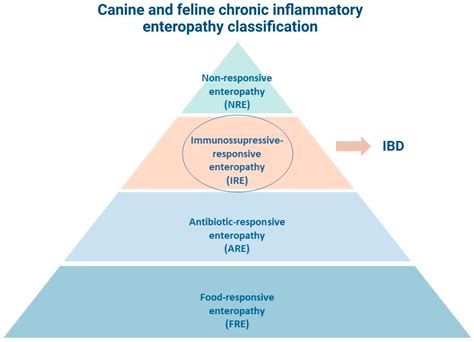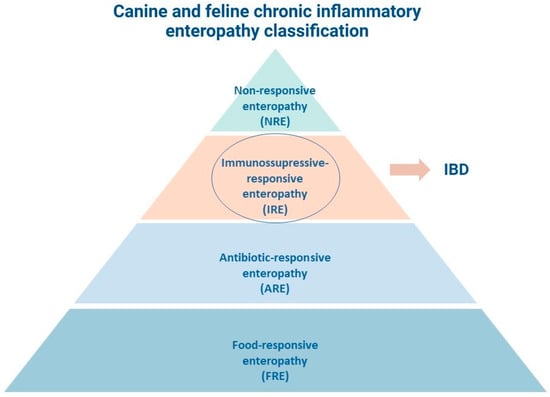Construction defects can significantly impact property value and safety, making them a critical issue for homeowners and builders alike. This article delves into the complexities of construction defect lawsuits, providing a comprehensive overview of common defects, the legal grounds for pursuing claims, and notable case studies that illustrate various outcomes. By examining key legal insights and precedents, readers will gain a clearer understanding of the litigation process and its implications. Additionally, we offer practical advice for both homeowners and contractors on how to prevent such defects and mitigate potential legal disputes.
Let’s explore this topic in detail with alijyun.com
1. Overview of Common Construction Defects
Construction defects can manifest in various forms, impacting both the structural integrity and aesthetic quality of a property. Common issues include foundation problems, such as cracks and settling, which can undermine the stability of the entire structure. Another prevalent defect is water intrusion, often caused by faulty roofing or inadequate drainage systems, leading to mold growth and damage to interiors. Poor workmanship in framing, electrical, and plumbing systems can result in significant safety hazards and functional inefficiencies.
In addition, issues like substandard materials and improper installation of components, such as windows and doors, can lead to long-term maintenance challenges and increased repair costs. Insufficient insulation or ventilation can also compromise energy efficiency and indoor air quality.
Identifying these defects early is crucial for addressing them effectively and preventing further complications. Homeowners and contractors should be vigilant in inspecting properties and ensuring that construction practices adhere to industry standards and codes. Recognizing the signs of common defects can help in taking timely corrective actions and avoiding potential legal disputes related to construction deficiencies.

2. Legal Grounds for Construction Defect Lawsuits
Legal grounds for construction defect lawsuits generally revolve around issues of negligence, breach of contract, and warranty claims. Negligence occurs when a contractor or builder fails to meet the standard of care expected in the industry, resulting in defects that compromise the property’s safety or functionality. This legal theory requires proving that the defect was due to the contractor’s failure to perform their duties properly.
Breach of contract claims arise when construction work does not adhere to the agreed-upon specifications or quality standards set forth in the contract. Homeowners can seek remedies if the work deviates from what was promised or outlined in the contract terms.
Warranty claims are based on the warranties provided by builders or manufacturers. These warranties typically guarantee that the construction work or materials will meet certain standards and remain defect-free for a specified period. If defects arise within this period, homeowners may have grounds to file a lawsuit for breach of warranty.
To succeed in these lawsuits, plaintiffs must demonstrate that the defects were caused by the defendant’s actions o

3. Notable Case Studies and Their Outcomes
One notable case in construction defect law is Hoffman v. Davis, where homeowners sued their contractor for significant foundation problems. The court found in favor of the homeowners, citing that the contractor’s negligence in adhering to building codes directly caused the defects. The outcome included substantial damages to cover repair costs and structural reinforcement.
In Johnson v. Builders Inc., the homeowners experienced severe water intrusion due to improper roofing installation. The lawsuit resulted in a settlement that required the builder to rectify the roofing issues and compensate for related property damage. This case emphasized the importance of following proper installation procedures and highlighted the builder’s liability for failing to do so.
Another significant case, Smith v. Construction Co., involved defects in electrical wiring that posed safety hazards. The court ruled in favor of the homeowners, awarding damages for both the repair of the wiring and the costs of addressing the safety risks. This case reinforced the legal responsibility of builders to ensure that all electrical work meets safety standards.
These cases illustrate the diverse nature of construction defect claims and the legal principles applied to resolve them. They underscore the importance of adhering to industry standards and fulfilling contractual obligations to prevent costly legal disputes.

4. Key Legal Insights and Precedents
Key legal insights from construction defect cases highlight several important principles. First, negligence claims require proving that the builder failed to meet the standard of care expected in the industry, leading to defects that cause harm. Courts often emphasize adherence to building codes and industry standards as a measure of this duty.
Breach of contract claims underscore the necessity for clear, detailed agreements outlining construction standards and specifications. Deviations from these agreements can lead to legal action, making it crucial for both parties to document their expectations and agreements thoroughly.
Warranty claims illustrate that builders and manufacturers must honor their warranties, which typically guarantee the quality and performance of materials and workmanship. Failure to address defects within the warranty period can result in significant legal consequences.
Precedents from notable cases establish that builders are liable for defects resulting from negligence, contractual breaches, or warranty violations. These cases reinforce the need for rigorous standards and accountability i
5. Steps Involved in Filing a Construction Defect Lawsuit
Filing a construction defect lawsuit involves several key steps. First, homeowners should document the defects thoroughly, including photographs, repair estimates, and detailed descriptions. Gathering expert opinions, such as from engineers or construction specialists, can help substantiate the claims.
Next, review the contract and any warranties to determine the specific terms and obligations related to the defects. This information will be crucial in establishing the grounds for the lawsuit.
Consult with a construction defect attorney to evaluate the case and guide the legal process. The attorney will help prepare and file the complaint, detailing the defects and the damages sought.
After filing, the case will proceed through discovery, where both parties exchange evidence. Settlement negotiations may follow, or the case may go to trial if an agreement cannot be reached.
Throughout the process, maintaining detailed records and adhering to legal advice is essential for a successful resolution.
6. Tips for Homeowners and Contractors on Preventing Defects
Preventing construction defects requires vigilance and adherence to best practices for both homeowners and contractors. For homeowners, the first step is to thoroughly vet and hire qualified, licensed contractors with a proven track record. Verify their credentials and check references to ensure their reliability and expertise.
During construction, regular site inspections are crucial. Homeowners should be proactive in monitoring progress and addressing any concerns with the contractor immediately. It’s also advisable to document all communications and changes made to the original plans.
For contractors, maintaining high standards of workmanship and adhering strictly to building codes and industry regulations is essential. Ensuring that all materials used are of high quality and appropriate for the specific construction requirements can prevent many common defects.
Clear and detailed contracts are vital. They should specify all work to be done, materials to be used, and standards to be met. Regularly updating and reviewing the contract terms can help avoid misunderstandings and ensure that all parties are aligned.
Finally, providing proper training and supervision to subcontractors and employees can mitigate errors and maintain consistency in the quality of work. By implementing these practices, both homeowners and contractors can significantly reduce the likelihood of defects and avoid costly disputes.
Understanding construction defects and the legal avenues for addressing them is crucial for both homeowners and contractors. By staying informed about common defects, legal grounds for lawsuits, and preventive measures, parties involved can better navigate potential disputes and ensure quality construction. Proactive steps and adherence to best practices can significantly reduce the risk of defects and ass
alijyun.com

